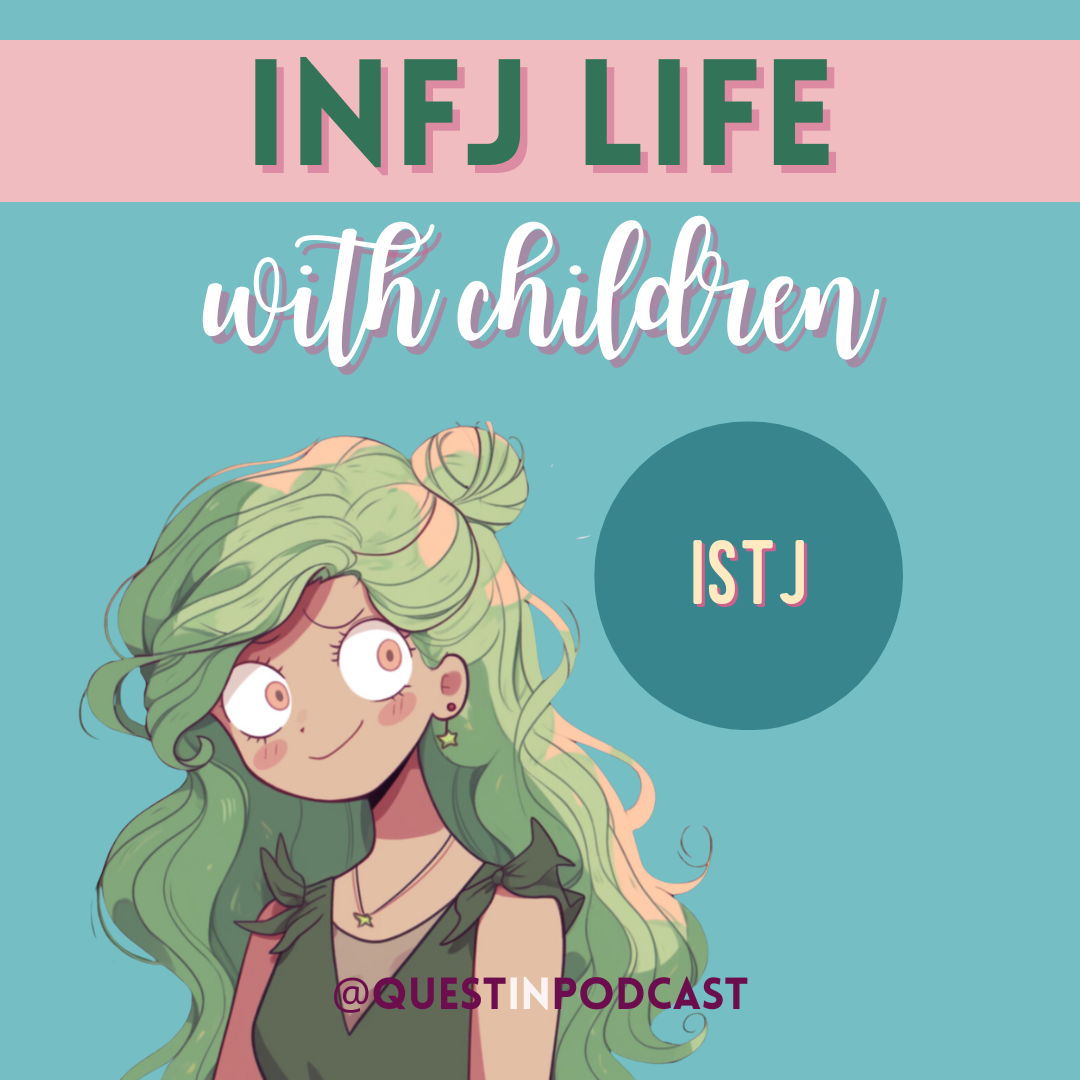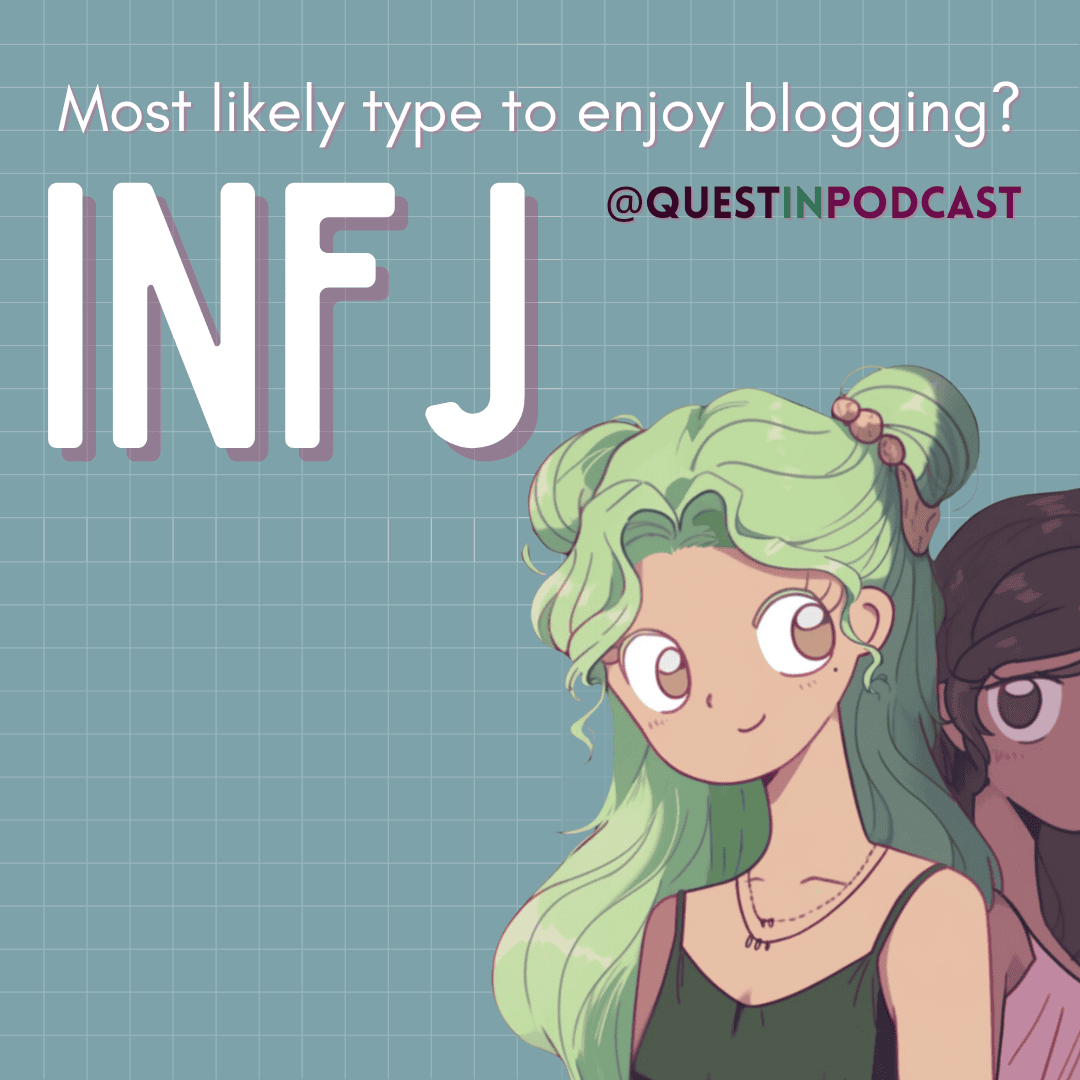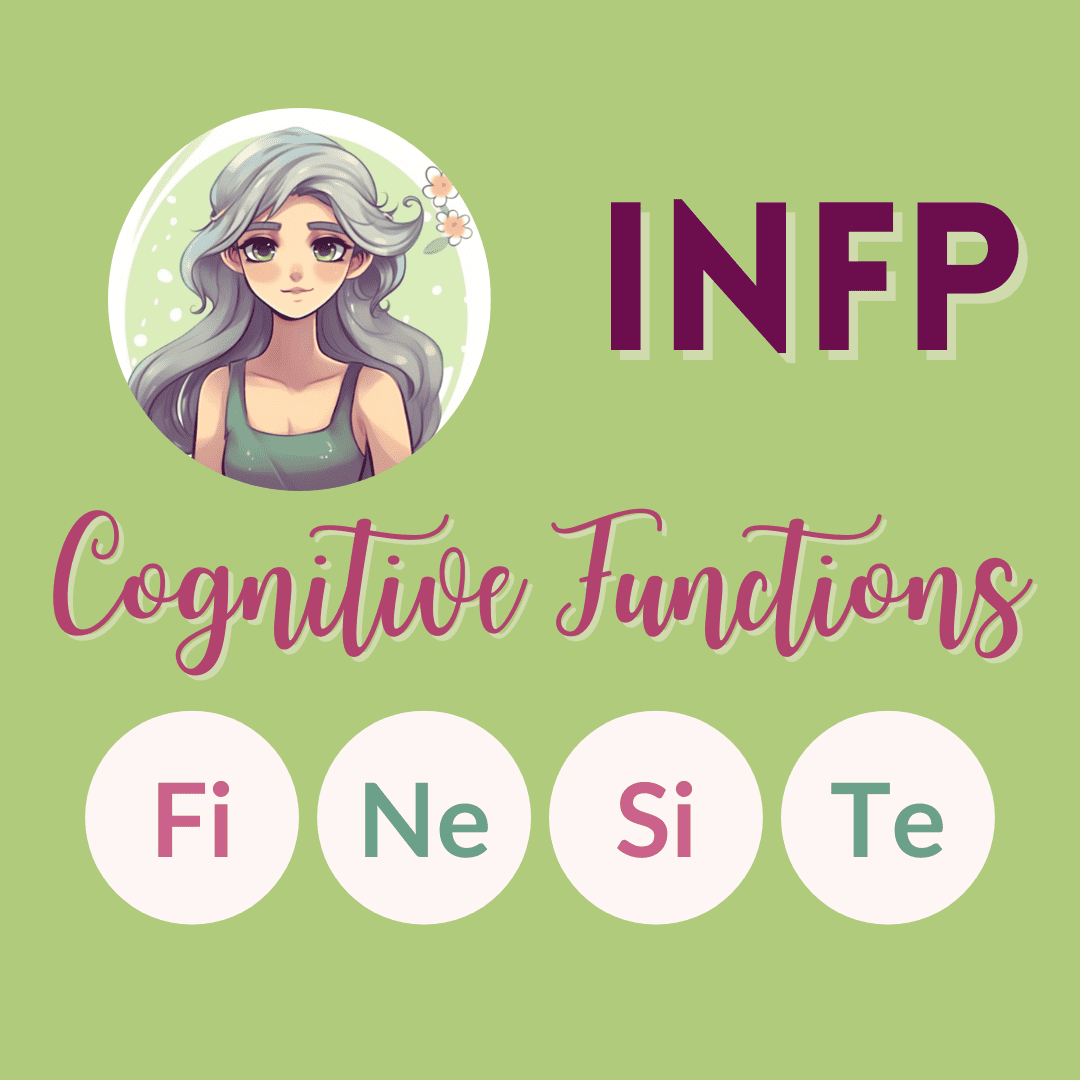
INFP Cognitive Functions: INFP Simplified
What are the INFP Cognitive Functions?
In this article, you will learn how to easily understand the INFP cognitive functions. Cognitive functions are the foundation of the MBTI personality types as Myers-Briggs simply is a type code based on Carl Jung’s theories on the 8 different cognitive functions that people use.
At the end of the article, you can learn a quick summary of what even is a cognitive function, a summary of the eight cognitive functions, and how the 16 types are categorized.
In a nutshell, a cognitive function is a mental process. You could think of them as muscle groups of the brain. Each cognitive function has certain strengths that develop over time as a result of repetitive use, similar to how a muscle gets stronger over time through exercising it frequently to build up its strength.
Each of the 16 personality types in MBTI has a “function stack” that orders the 8 cognitive functions in a specific order and reveals what strengths and weaknesses that type typically has.
Quick announcement: I am currently working to create an easy, quick personality test that I will make available on my website this summer! I am excited to spread the wisdom of the psychological type framework that Carl Jung developed to as many people as possible.
Anyways, let’s get started with the INFP personality!
The INFP Personality Type
The INFP personality type is one of the more rare personality types of the 16 types, estimated at around ~4.4% of the population. They are sometimes nicknamed the “Healer”, “Mediator”, or “Empath.” Here I refer to them as the “Dreamer” personality type.

INFPs tend to have a relaxed and easy-going attitude, empathetic nature, and enjoy meaningful relationships. In general, the INFP personality type is curiously creative and effortlessly intuitive. They love to explore a variety of interests, meet all types of people, and try new experiences.
An INFP may be soft-spoken and shy at first, but they can generate a surprising amount of energy when they are sparked by their passions and desires. When you peel back their layers, you will start to see a deeply feeling and thoughtful artist.
Alright, let’s explore each cognitive function INFP personalities use and break down how this type typically functions as a result of which brain muscle groups INFPs tend to develop. You could think of these as an INFP cognitive map.
What are the INFP’s cognitive functions?
Quick Summary of the conscious four functions in the INFP cognitive function stack:
-
Dominant Introverted Feeling (Fi)
-
Auxiliary Extraverted Intuition (Ne)
-
Tertiary Introverted Sensing (Si)
-
Inferior Extroverted Thinking (Te)
The first four functions are conscious, although the mental processes may sometimes still be unconscious, they have the full potential to become conscious in practice throughout one’s life.
1st Dominant Function: Introverted Feeling (Fi)
The dominant cognitive function is a type’s lead function in its function stack. Also known as the “Hero” archetype, it is a cognitive function that the type uses automatically, easily, and comfortably. The dominant function strives for competence and mastery while welcoming challenges in a reliable way to serve as the “Hero.”
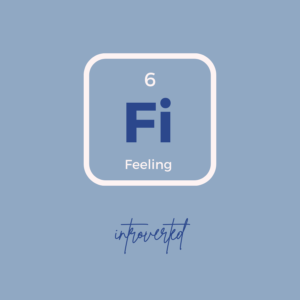
Introverted feeling (Fi) is an INFP’s dominant cognitive function. This is a judging function that is very conscious. INFPs use this value-based function to evaluate whether or not something aligns with their own personally-held values. Introverted feeling is driven by integrity and alignment. The two types that lead with introverted feeling are the INFP Dreamer and the ISFP Designer.
INFPs are an estimated 4.4% of the general population (and ISFPS are an estimated 8.8% of the general population). Fi-users are very authentic individuals who need their decisions to agree with their personal principles. A Fi-user will evaluate things along a like-versus-dislike scale to determine whether or not they value something.

In this book, Fi-users are known to enter into a state of flow through their attentive listening as they use their whole brain harmoniously to understand what a person is saying. They tend to pay extra attention to word choice as well as a person’s intonation changes, which enable them to “read between the lines” and connect to unspoken intuitions.
Overall, the INFP personality type is down-to-earth and genuine. With lead introverted feeling, they literally can not do things that do not feel aligned with their soul.
2nd Auxiliary Function: Extraverted Intuition (Ne)
The auxiliary cognitive function is a type’s secondary function. Also known as the “Parent” archetype, it is a cognitive function that the type performs to protect and support others. This parent function serves to develop other people and acts as a role model.
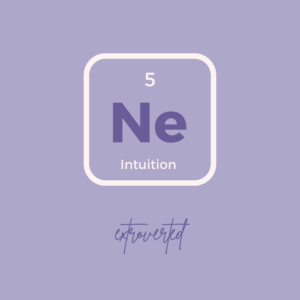
Extraverted intuition is an INFP’s auxiliary cognitive function. Extraverted Intuition is a mentally exploratory function that is constantly trying to expand knowledge. INFPs use auxiliary Ne to guide their curiosity in determining what they desire to learn. They are individuals who welcome knowledge and develop their wealth of information on topics of interest. Like the INTP Researcher personality type, INFPs tend to know a very wide range of subjects.

Because of extraverted intuition, INFPs recognize patterns in their vast array of knowledge to be able to predict outcomes for future reference based on historical context. Ne-users like to go far, wide, and deep as their thought process enjoys exploring concepts.
3rd Tertiary Function: Introverted Sensing (Si)
The tertiary cognitive function is a type’s third function in its functions. Also known as the “Eternal Child” archetype, it is a cognitive function that the type admires in others and needs in order to balance the influence of the parent functions of others. The tertiary function is sometimes creatively original but can be a little unstable and unreliable.
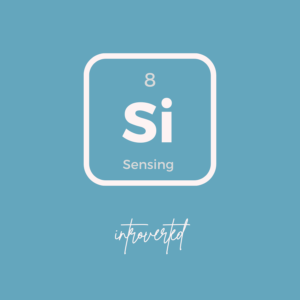
An INFP’s third function is introverted sensing (Si). This cognitive function is characterized by a strong sense of duty, reliability (such as routine), a focus on details, and a powerful memory that uses past experiences as a trusted source of guidance. This tertiary cognitive function helps to maintain harmony, stability, and practicality in everyday tasks.
Tertiary introverted sensing makes INFPs (and INTPs) creatures of comfort who enjoy knowing what to expect in their day-to-day activities and prioritize feeling comfortable. Generally speaking, they are also loyal individuals in their relationships and friendships.

Lastly, INFPs might be better at using extroverted intuition (Ne) with that function higher in their stack, but INFPs tend to be more willing to tap into their tertiary introverted sensing as an introvert.
4th Inferior Function: Extroverted Thinking (Te)
The fourth function is the inferior cognitive function. Also known as archetypes of the “Anima” (in women) and “Animus” (in men), and it is sometimes referred to as the “aspiration” of a type. This one in a person’s function stack indicates what mission or higher cause a type is working towards and can serve as an important tool to transform one’s self. Notably, this function tends to be weak and underdeveloped in the first half of life. However, it is a gateway to help one’s personality blossom later in life.

The inferior function extraverted thinking (Te) leads to INFPs admiring systematic planning and efficient execution in others as they aspire to develop such high-functioning productivity in themselves. The inferior function has a seductive draw to it because it is an important key to personal growth for a personality type.
Extroverted thinking is defined by progress and results-based evaluations. This extroverted function prioritizes getting things done above all. It creates very self-motivated, driven, and ambitious individuals who understand how the world works. They are adaptable to the environment in terms of figuring out which decisions are best for a desired outcome.

Inferior Te makes INFPs (and ISFPs) have the potential to be very hardworking people when they desire to and are motivated enough for such energy expenditures. They will observe from a distance first before making any commitments.
INFP Personality Shadow Functions
After the primary functions, there are the lower four cognitive functions that are considered shadow functions because these are mostly unconscious with a repressed aspect to them. These other functions are the same function as the first four functions, with the opposite attitude such that introverted feeling (Fi) becomes extroverted feeling (Fe) for example.
Quick Summary of the unconscious four functions of the INFP cognitive function stack:
-
5th Extraverted Feeling (Fe) – Opposite Personality
-
6th Introverted Intuition (Ni) – Critical Parent
-
7th Extraverted Sensing (Se) – Blindspot
-
8th Introverted Thinking (Ti) – Demon
5th Nemesis Function: Extraverted Feeling (Fe)
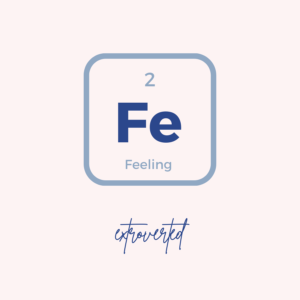

This first INFP shadow function is one that feels opposite to their own ego personality.
However, with maturity, INFPs will learn how to discern between situations that are actually against their integrity versus situations where it is okay to flow with others that they trust.
6th Critical Parent Function: Introverted Intuition (Ni)

The second INFP shadow function is introverted intuition as the critical parent. This personality type may suffer occasionally from an overcritical inner voice that second-guesses the vision that they imagine of their future and whether or not they will accomplish all that they wish to achieve in life.

Another way this shadow introverted function may manifest is a preference for imagining multiple possibilities rather than honing in on one choice as the most likely outcome. Ne-user prefer to expand options, but sometimes deciding on ONE choice will lead to better direction and easier movement in life.
7th Trickster Blindspot Function: Extroverted Sensing (Se)

Extroverted sensing as a blindspot results in low processing of excessive sensory information. Sometimes INFPs (and INTPs) might be a little oblivious to what’s going on in their immediate outside world. With this shadow function, INFPs tend to be a bit uncoordinated or clumsy sometimes.

Arguably this is the weakest and less developed function of the 8 functions in an INFP’s cognitive functions because it is the opposite attitude (extroverted) for introverted personalities.
To develop extroverted sensing, INFPs need to find activities in which they feel fully immersed and that take up their full attention to focus on external sensory information. They need to get out of their minds and into their bodies. Some ideas are walking in nature, creating something physical (such as pottery or painting), or traveling to new places!
8th Demon Function: Introverted Thinking (Ti)
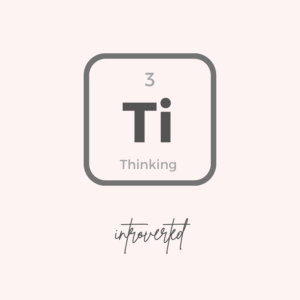
Introverted feeling is built upon strong personal values used to guide judgments. Fi-users usually operate on a like/dislike scale for decision-making.
However, introverted thinking in contrast functions upon objective criteria for making evaluations. Introverted thinking is mathematical-like in the sense of using “this equals that” to draw conclusions.
INFPs will prioritize their firm personal preferences and devalue purely logical rationale. How they feel about something is very important reasoning to them.

The Demon function for a personality type is a source of conflict that tends to undermine the importance of its place in functioning. Types that lead or have dominant use of the function can be a trigger for the type if extensive time is spent with those types.
Summary INFP Cognitive Functions (INFP Cognitive Function Stack)
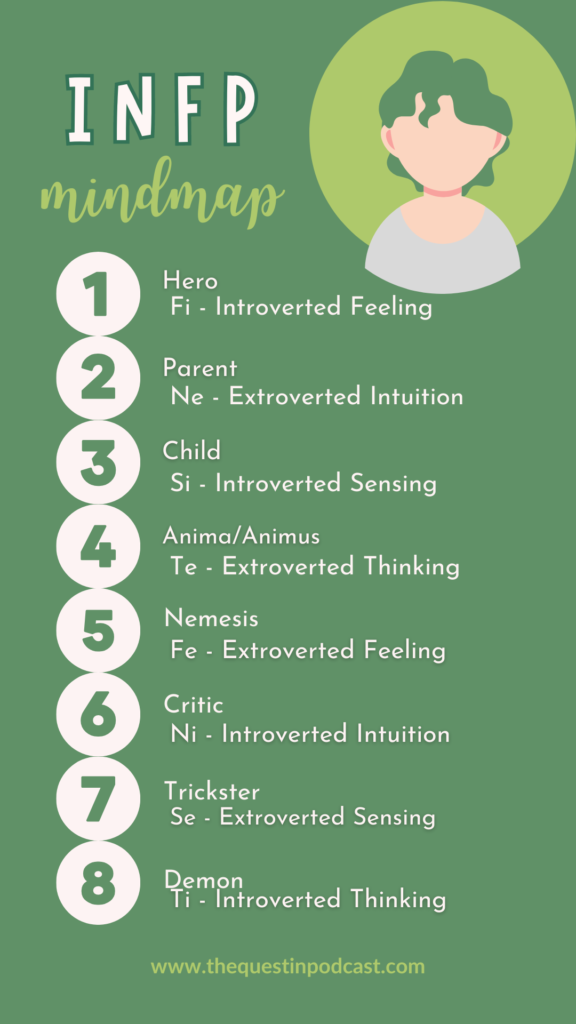
I hope you enjoyed this article on INFP cognitive functions and learned about how each cognitive function INFP personalities use.
This Dreamer personality type is a sweet, creative, and down-to-earth individual. INFPs are extremely nice and very insightful. However, they are individuals that may be vulnerable to heavy thoughts and emotional tensions. I’ll eventually write an article about the shadow side of an INFP to explore the toxic potential of the INFP cognitive function stack.
What even is a cognitive function? (Theory developed by Carl Gustav Jung)
Carl Jung was a Swiss psychiatrist and psychoanalyst. Through his clinical work, he recognized and identified different “cognitive functions” that people use. You could think of cognitive functions as mental processes that flavor a personality type with distinguishable strengths and weaknesses.
The Eight Cognitive Functions (Quick Summary)
8 Functions Total = 2 types x 2 functions x 2 (introverted or extroverted)
Two Types of Functions: Judging & Perceiving (2)
-
Judging Functions: how you make decisions
-
Perceiving Functions: how you intake information
There are two functions for each type of function. (2 x 2 = 4)
Judging Functions
-
Feeling (F)
-
Thinking (T)
Perceiving Functions
-
Sensing (S)
-
Intuition (N)
Two Types of Attitudes for a Function: Introverted or Extroverted (2 x 2 x 2 = 8)
-
Judging: Feeling + Introversion = function Introverted Feeling (Fi)
-
Judging: Feeling + Extroversion = function Extroverted Feeling (Fe)
-
Judging: Thinking + Introversion = function Introverted Thinking (Ti)
-
Judging: Thinking + Extroversion = function Extroverted Thinking (Te)
-
Perceiving: Sensing + Introversion = function Introverted Sensing (Si)
-
Perceiving: Sensing + Extroversion = function Extroverted Sensing (Se)
-
Perceiving: Intuition + Introversion = function Introverted Intuition (Ni)
-
Perceiving: Intuition + Extroversion = function Extroverted Intuition (Ne)
Each Personality Type in the MBTI Personality Framework
Each type has a different unique order of cognitive functions in its function stack. The first four are conscious primary and inferior functions. This article was 1 of the 16, outlining the INFP cognitive functions.
The eight cognitive functions are all paired on axes, so once you know the top two cognitive functions of a type then you know the order of all 8. An axis is made up of two functions that are connected because if you introvert one, then you must extrovert the other and vice versa. The four axes are:
-
Ni-Se Axis (introverted intuition & extraverted sensing) – both perceiving
-
Ne-Si Axis (extraverted intuition & introverted sensing) – both perceiving
-
Fe-Ti Axis (extraverted feeling & introverted thinking) – both judging
-
Fi-Te Axis (introverted feeling & extroverted thinking) – both judging
The first four functions are conscious, while the lower four are unconscious shadow functions. Shadow functions are usually undeveloped, used unconsciously, and have a repressed aspect to them.






